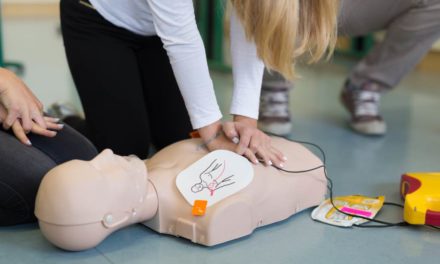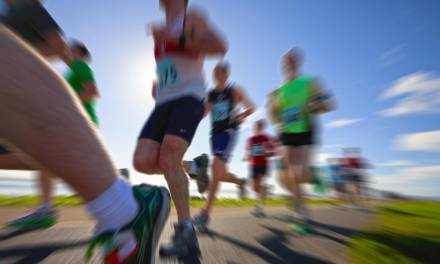In the last months, there has been a significant increase in e-learning, which has resulted in students and instructors entering a new world of virtual lectures, tutorials, and evaluations. This has had a substantial impact on education. Regarding technology and availability, e-learning presents a challenge not just to students but also to their instructors.
Due to public health measures designed to prevent the spread of COVID-19, such as quarantine, lockdown, self-isolation, and maintaining social distance, have restricted individual’s ability to participate in physically active pursuits and to have direct personal contact with co-workers, friends, and family members. People reported a general worsening of their wellbeing, a deterioration in their mental health, and increased psychological discomforts, such as feelings of stress, worry, sadness, and loneliness.
Physical Activity Intensity
The effect that the intensity of physical exercise has on one’s mental health might vary. During the pandemic, those who reported engaging in more physical exercise activities said having improved mental health and overall wellbeing. Nevertheless, the step counting software on its own was not connected with the participants’ mental health ratings. When individuals engaged in moderate to strenuous exercise (30 minutes) or vigorous exercise (15 minutes) daily, the degree of anxiety and depression and the concurrent incidence of anxiety and depression were nearly reduced.
Benefits of PE
Exercise and other forms of physical activity have been shown to provide several advantages to people of all ages. Because we were designed to move, many of the systems in our bodies function more efficiently when we engage in regular physical activity.
Some study shows that higher levels of aerobic activity, defined as exercise that causes a considerable increase in our heart rates, may be connected with bigger decreases in the severity of depressive symptoms when it comes to managing these symptoms.
Think about doing some physical exercise once or twice a day, preferably incorporating bouts of higher-intensity activity lasting between 30 and 90 seconds. Some people may be able to do this by performing actions in the comfort of their homes, such as jumping jacks, mountain climbers, and other strength training exercises (i.e. standing squats, push-ups, sit-ups). For some people, using home exercise equipment like treadmills, elliptical machines, and stationary cycles might help them reach their fitness goals.
Research has demonstrated that strength training may lessen anxiety symptoms in both those who already have an anxiety condition and those who do not have an anxiety problem.
It is possible that doing weightlifting exercises using exercise equipment or household things (such as textbooks, canned foods, milk jugs loaded with water, and paint cans) can help us lessen the adverse effects of stress and anxiety.
Encourage play and sports to promote interaction between students
Children in several countries must maintain certain physical distances from one another. They are barred from accessing playgrounds and other public locations to engage in play and social interaction with their contemporaries. By the procedures for maintaining school safety, it is vital to ensure that children, upon returning to school, will have ample opportunities to engage in social activities, play, and communicate with the classmates they will have missed for such a significant amount of time.
Frequency of Physical Activity
During the COVID-19 pandemic, it is possible that the frequency of physical activity may not have the same degree of beneficial influence on mental health; yet, greater levels of physical activity will probably be connected with higher levels of mental health. The association between stress and overall health may be moderated to some extent by the number of individuals who engage in physical activity; however, the relationship between stress and mental health cannot be moderated simultaneously by physical fitness alone.
Conclusion
It is common knowledge that regular physical activity has beneficial effects on mental health. The COVID-19 outbreak has brought to the forefront of people’s minds the beneficial impacts that exercise has on a person’s physical health. During the pandemic, the news media has been spreading a lot of information about the curative benefits of physical activities on people’s physical health and those with a moderate coronavirus infection.
Physical activity on a consistent and long-term basis improves the general level of physical health and disease prevention and resistance, as well as the immune surveillance capabilities of the body. It also functions as an anti-inflammatory agent, lowers the risk of developing a wide range of chronic diseases, and lowers the risk of developing a number of those diseases.










